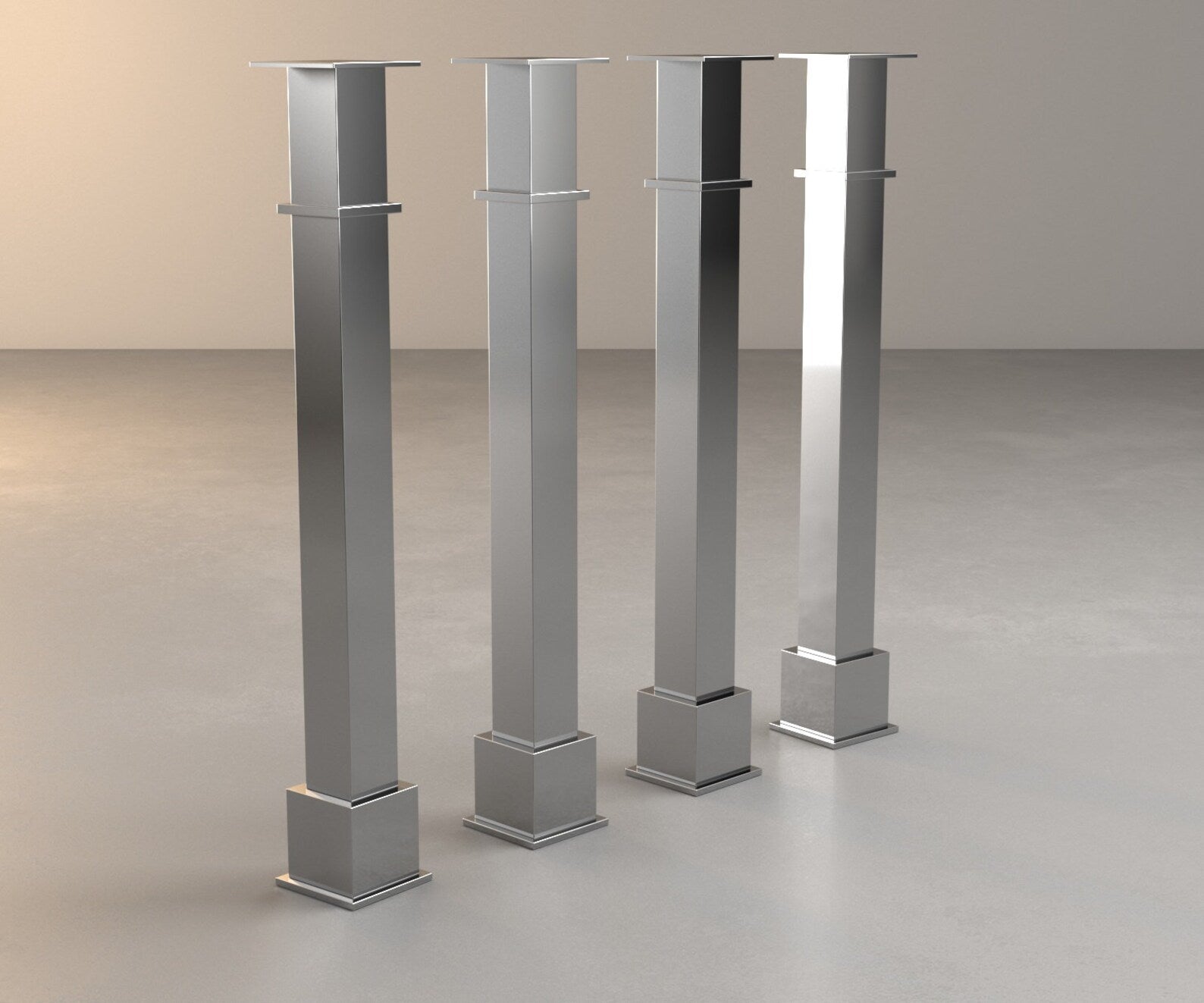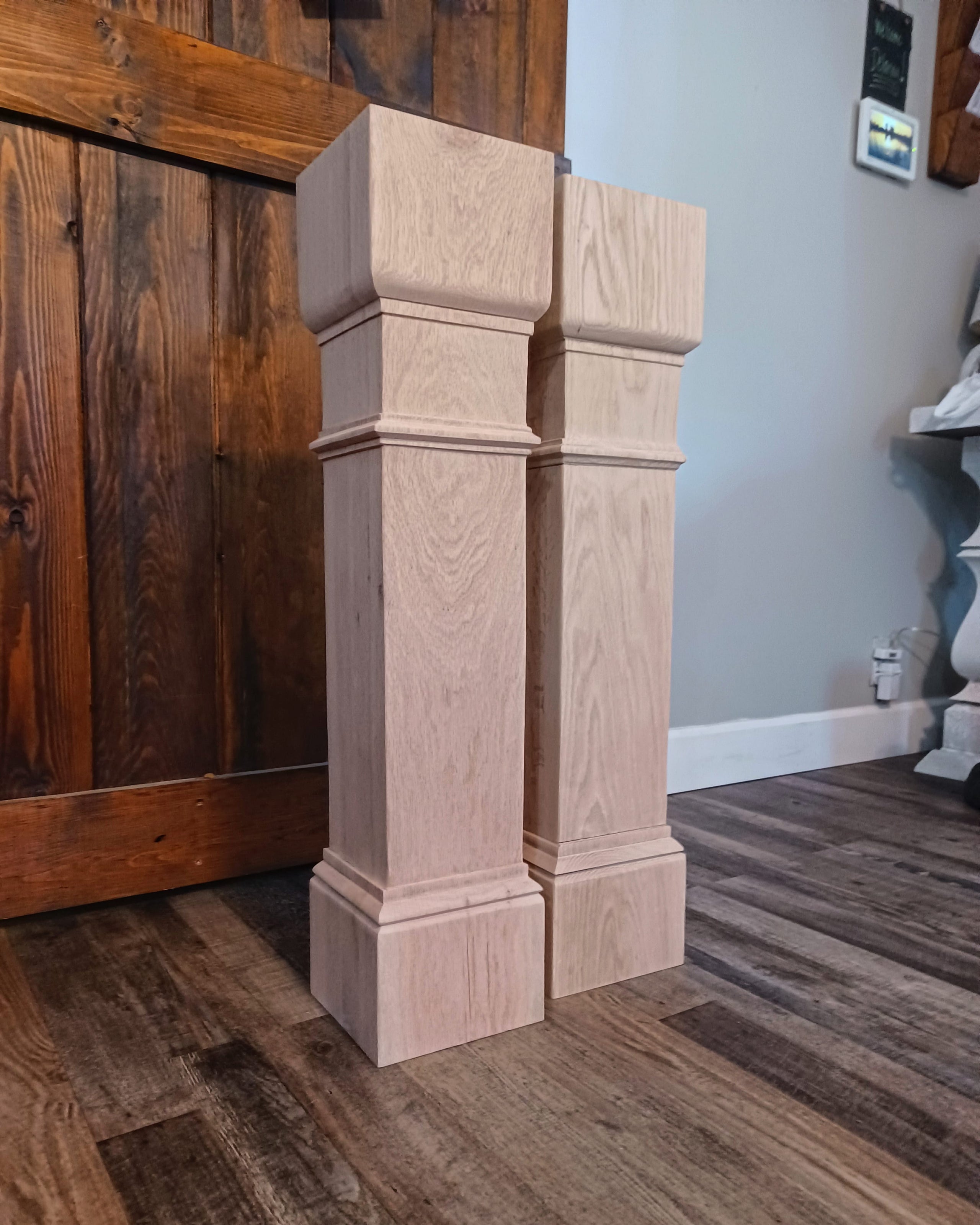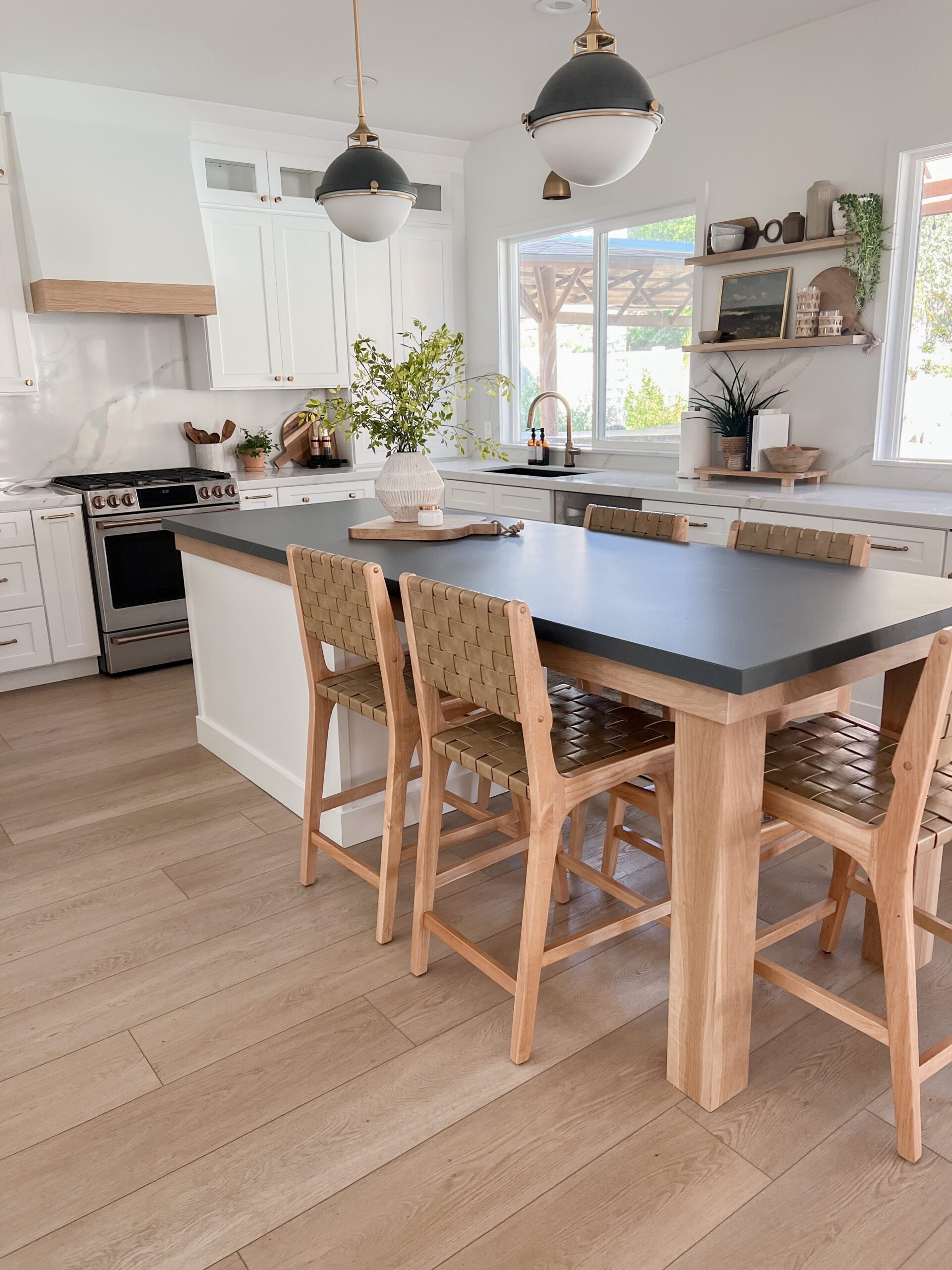A Guide to Selecting the Perfect Legs For Cooking Area Island for Your Home
Choosing the ideal legs for your cooking area island is a nuanced decision that influences both the functionality and visual charm of this main area. As you think about these aspects, it ends up being apparent that the best legs can transform not just the appearance of your kitchen area however likewise its usability for years to come.

Comprehending Kitchen Island Legs
When picking legs for a kitchen island, it's important to comprehend their visual and practical functions in the general style. The legs offer as a crucial assistance system, ensuring security and durability for the island, which commonly functions as a work area, eating location, or gathering area. The option of material and construction method need to be durable sufficient to stand up to everyday usage and prospective wear.
In addition to their architectural obligations, legs contribute significantly to the island's visual charm. They can enhance the cooking area's design, whether with standard, modern, or diverse styles. The elevation and proportion of the legs are likewise vital considerations; they have to harmonize with the island's countertop elevation while making sure comfy seating for those using the space.
Furthermore, the leg style can influence the total flow of the cooking area. Open, ventilated leg designs can produce a sense of agility, while strong, significant legs might convey a much more grounded and stable visual - Legs For Kitchen Island. Recognizing these useful and visual elements will certainly guide homeowners in making educated options that complement their cooking area's layout and improve its usability
Popular Styles and Materials
The selection of legs for a kitchen area island includes a variety of popular styles and products, each offering special qualities that can boost both capability and aesthetic appeals. Amongst the most desired styles are contemporary, rustic, and typical. Contemporary legs often include smooth, minimalist layouts that emphasize simpleness and clean lines, making them perfect for modern kitchens. Rustic designs, on the various other hand, accept natural environments and often showcase recovered timber or troubled surfaces, adding warmth and charm to the room. Traditional legs generally show elaborate information and craftsmanship, boosting classic cooking area designs.

Height and Stability Factors To Consider

Security is another essential consideration. The legs of the cooking area island ought to give sufficient assistance, guaranteeing that the structure can withstand day-to-day usage without moving or tottering. Product option plays a considerable duty in stability; steel legs, as an example, often tend to supply higher stamina contrasted to timber. Furthermore, making certain that the island is safely secured to the flooring or wall surface can improve stability, particularly for larger islands that may bear substantial weight.
Matching Your Cooking Area Visual
Choosing the ideal legs for your kitchen island exceeds functionality; it also plays a substantial function in the total aesthetic of the room. When selecting legs, take into consideration the layout style of your kitchen. For a modern appearance, sleek steel or minimalist styles can produce a tidy, modern ambiance. On the other hand, conventional or rustic kitchen areas frequently gain from wooden legs with intricate describing or a distressed surface, boosting heat and character.
Shade is one more essential element. Legs that complement or comparison with your island's surface area and surrounding cabinetry can create visual harmony or striking centerpieces. Pairing dark timber legs with a light marble kitchen counter can include deepness and rate of interest. Furthermore, think about the coating of the legs; matte, glossy, or distinctive finishes can try this out significantly impact the overall feel of the kitchen area.
Installation and Maintenance Tips
Setting up kitchen island legs requires mindful attention to detail to make sure both security and aesthetic allure. Use a stud finder to find wall studs if you are affixing the legs to a wall surface or utilizing braces for included assistance.
When safeguarding the legs, use high-grade screws and, if essential, wood adhesive for additional stamina. For steel legs, guarantee that you are utilizing suitable supports and tools to stop damage to your flooring. It is recommended to examine for levelness after installment, making adjustments as required to stay clear check my reference of wobbling.
Upkeep is equally vital for longevity - Legs For Kitchen Island. Consistently check the legs for any indications of wear or helping to loosen, specifically in high-traffic locations. Clean the legs with a suitable cleaner, preventing rough products that might scrape the surface area. For wood legs, take into consideration using a timber conditioner occasionally to maintain their coating. By following these installation and maintenance tips, you can make certain that your kitchen island legs remain both functional and visually enticing.
Verdict
In final thought, picking the appropriate legs for a kitchen island requires mindful factor to consider of elevation, stability, and aesthetic compatibility. By picking ideal materials and styles that straighten with the general kitchen area design, capability can be enhanced while keeping aesthetic appeal. Correct setup and ongoing upkeep additionally add to the durability and long life of the kitchen area island. Ultimately, thoughtful leg option plays a vital function in boosting both the functionality and design of the cooking area space.
When choosing legs for a kitchen island, it's necessary to understand their practical and visual duties in the overall style. Open, ventilated leg styles can produce a feeling of lightness, while strong, significant legs may convey a much more grounded and steady aesthetic. The legs of the kitchen island need to supply adequate assistance, making sure that the structure can stand up to day-to-day use without wobbling or moving.Installing kitchen why not look here area island legs calls for mindful attention to detail to make sure both security and visual allure.In conclusion, selecting the suitable legs for a cooking area island necessitates cautious factor to consider of elevation, security, and visual compatibility.